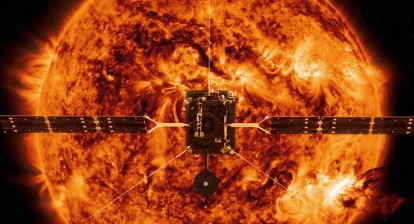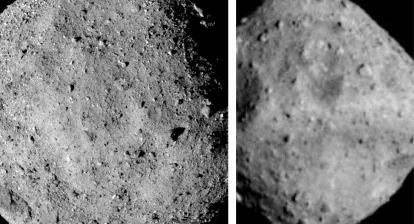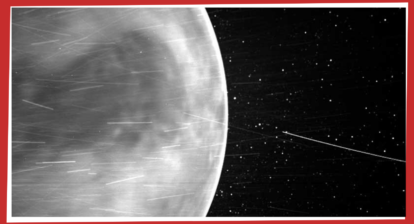27 June 2019 – NASA announced on Thursday afternoon that it would be sending a robotic rotorcraft dubbed Dragonfly to Titan that will collect samples and measure soil composition in search for signs of habitability.
Dragonfly will launch in 2026 as part of NASA’s New Frontiers program, and is expected to arrive at Titan in 2034. It will carry out a 2.7-year mission to explore different sites across Titan, including dunes and impact craters. It will first touchdown in an equatorial area known as the ‘Shangri-La’ dune fields, and then move on to the Selk impact crater, where scientists have spotted evidence of liquid water and organic molecules.
Titan is Saturn’s largest moon (out of a total of 62), with surface temperature of minus 290 degrees Fahrenheit (-179 Celsius) because it is 886 million miles (1.4 billion kilometers) from the sun. Its 50 percent higher than Earth’s. Its diameter is 3,200 miles (5,149.4 kilometers) and its orbital period is nearly 16 Earth days.
Titan was discovered on March 25, 1655. Data from Cassini-Huygens (Cassini orbited the Saturnian system for 13 years and Huygens landed on Titan in 2005, and stayed there for 90 minutes), revealed Titan has lakes and seas of liquid methane and ethane, replenished by rain from hydrocarbon clouds, as well as an internal, liquid ocean beneath its surface, likely composed of water and ammonia.







